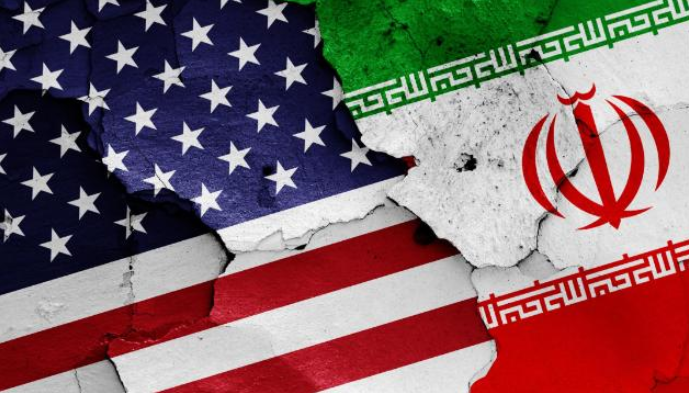With various conflicts and engagements in the Middle East, from the war in Gaza, to the Houthi raids on international trade, it is clear who it all can be traced back to The Islamic Republic of Iran.
Since 1984 Iran has been designated a state sponsor of terrorism by the United States (U.S.) , most famously Iran has supplied Hamas since 2006, Hezbollah since the 80’s, the Houthis since the 90’s, and the Taliban. Recently, a militia supplied by Iran hit U.S. forces in Jordan killing three soldiers perfectly timed as the U.S. has had recent talks of pulling out of Syria and Iraq where U.S. troops have been stationed for well over a decade. President Biden stated that the United States would, “hold all those responsible to account at a time and in a manner our choosing.” After the drone strike in Jordan, and multiple Israeli strikes on Iran’s Revolutionary Guard Corps (IRGC) in Syria, Iran began pulling back officers from the country.
Now with the recent attack, it looks as if U.S. troops will not be able to return home just yet. Defense secretary Lloyd Johnson has claimed that the U.S. will not tolerate attacks on its troops, and thus multiple missile and drone strikes targeted against Iranian forces in Syria and Iraq were approved on Feb. 1. In 1988, an Iranian mine in international waters almost sank a U.S. military vessel escorting Kuwaiti ships amidst the Iran-Iraq war. In response the U.S. approved Operation Praying Mantis leading to the destruction of half the Iranian navy, an incident of which Iran has still not fully recovered from. The memory of Operation Praying Mantis gives an idea of how the U.S. tolerates attacks on its forces.
On the morning of Feb. 2, two B1-B Lancer heavy bombers took off from Texas with the intended destination of Iraq and Syria. In the afternoon, both bombers reached their targets and unloaded 135 guided and unguided munitions into bases occupied by Iran backed militias and bases used by the IRGC across 85 designated targets across seven facilities in Syria and Iraq in only thirty minutes.
“Our response began today,” President Joe Biden said. “It will continue at times and places of our choosing. The U.S. does not seek conflict in the Middle East or anywhere else in the world. But let all those who might seek to do us harm know this: If you harm an American, we will respond.”
Social Studies teacher Aaron Minkus was asked for his opinion on the matter.
“Iran responds to one thing and one thing only, Iran only understands force,” Aaron Minkus said. “The U.S. has taken a lenient stance towards Iran for thirty years, and now Iran thinks that they’re untouchable. They will hit U.S. and allies until they are responded to with force.”
The targets were specifically chosen by U.S. Centcom (Central Command) to avoid civilian casualties. On Feb. 3, the U.S. and allies hit 36 targets across 13 locations in Houthi controlled Yemen; the strikes were far deadlier than the previous ones delivered in the past week.
It is confirmed that more strikes are planned within the coming days, it is unknown if the U.S. intends to hit targets within Iran itself or not. With the massive escalation of conflict within the Middle East since the start of the Israel-Hamas war, the possibility of the U.S. getting involved in another conflict in the region continues to grow, and the threat of a greater conflict, continues to loom.















